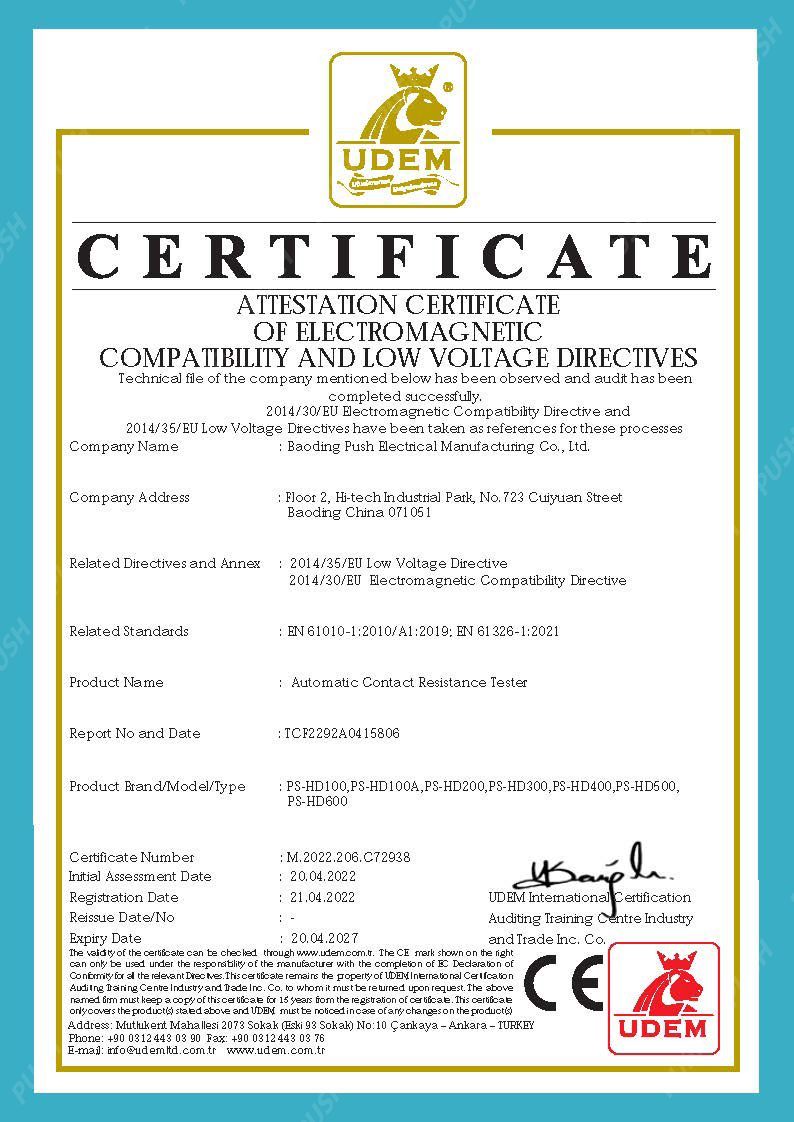 English
English


ppm test for transformer oil
Understanding the PPM Test for Transformer Oil
Transformer oil plays a crucial role in electrical transformers, acting as an insulating and cooling medium. With time, the quality of transformer oil can deteriorate due to the presence of contaminants, which can lead to reduced efficiency and potentially catastrophic failures of the transformer. To ensure the reliability and longevity of transformers, conducting regular tests on transformer oil is essential. One of the most significant tests performed is the PPM (parts per million) test, which measures the concentration of contaminants in the oil.
What is the PPM Test?
The PPM test quantifies the presence of dissolved gases, solids, and other impurities in transformer oil. The measurement is expressed in parts per million, meaning that if the PPM level is high, it indicates a substantial amount of contaminants per million parts of the oil. The contaminants measured can include moisture, acidity, and metals, all of which can adversely affect the performance of the transformer.
Importance of the PPM Test
Monitoring the PPM levels in transformer oil is vital for several reasons
1. Preventing Equipment Failure High levels of contaminants can lead to overheating and electrical breakdowns in transformers. By regularly testing oil PPM, operators can identify potential issues before they become significant problems.
2. Maintaining Efficiency Clean transformer oil is essential for optimal thermal conductivity and electrical insulation. Excessive contaminants can hinder these properties, leading to decreased efficiency and increased operational costs.
3. Extending Equipment Lifespan Regular oil testing and maintenance can help prolong the life of transformers by preventing damage caused by contaminants. A transformer that consistently operates below critical PPM thresholds is likely to have a longer and more reliable service life.
4. Regulatory Compliance Many industries are required to adhere to strict guidelines regarding the quality of transformer oil. Performing PPM tests ensures compliance with these regulations, thus avoiding legal issues and ensuring safe operations.
ppm test for transformer oil

How is the PPM Test Conducted?
Typically, the PPM test for transformer oil is conducted in laboratories designed for insulating oils. The process involves several steps
1. Sample Collection A representative sample of transformer oil is collected, ensuring it is free from contamination during the sampling process.
2. Preparation of the Sample The oil sample might be filtered and prepared for analysis, depending on the laboratory protocols.
3. Testing Various methods can be employed to determine PPM levels, including gas chromatography for gases and spectrometry for metals.
4. Analysis of Results After testing, the results are analyzed, highlighting the contaminants present, their concentrations, and whether they exceed acceptable limits.
5. Recommendations and Actions Based on the PPM levels found in the test, recommendations may be made for filtration, purification, or replacement of the transformer oil.
Conclusion
The PPM test for transformer oil is a fundamental practice in the maintenance of electrical transformers. By measuring and monitoring the levels of contaminants present in transformer oil, utilities and industries can ensure operational reliability, prevent catastrophic failures, and comply with regulatory standards. As the grid continues to evolve, the necessity of advanced testing methodologies, including the PPM test, has never been more critical. By prioritizing oil quality through regular testing, businesses can safeguard their investments in transformer technology and maintain the stability of their electrical systems.
-
Differences between open cup flash point tester and closed cup flash point testerNewsOct.31,2024
-
The Reliable Load Tap ChangerNewsOct.23,2024
-
The Essential Guide to Hipot TestersNewsOct.23,2024
-
The Digital Insulation TesterNewsOct.23,2024
-
The Best Earth Loop Impedance Tester for SaleNewsOct.23,2024
-
Tan Delta Tester--The Essential Tool for Electrical Insulation TestingNewsOct.23,2024





